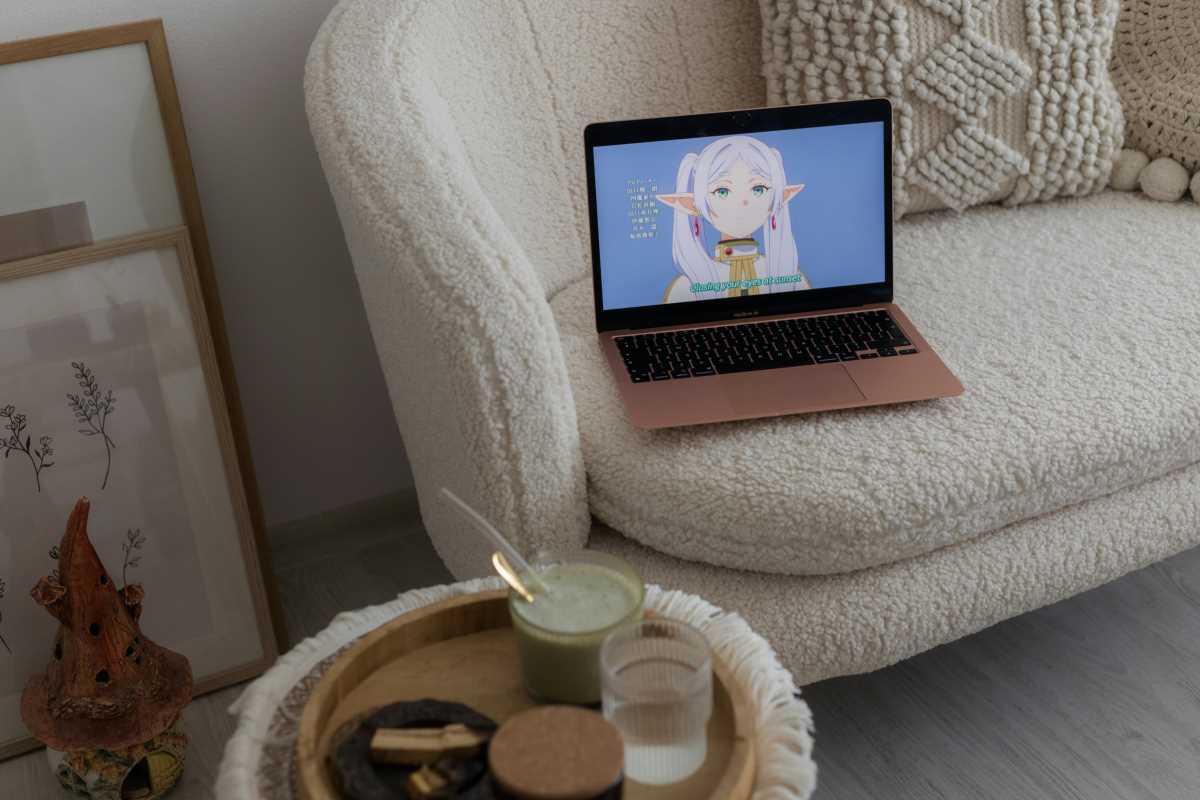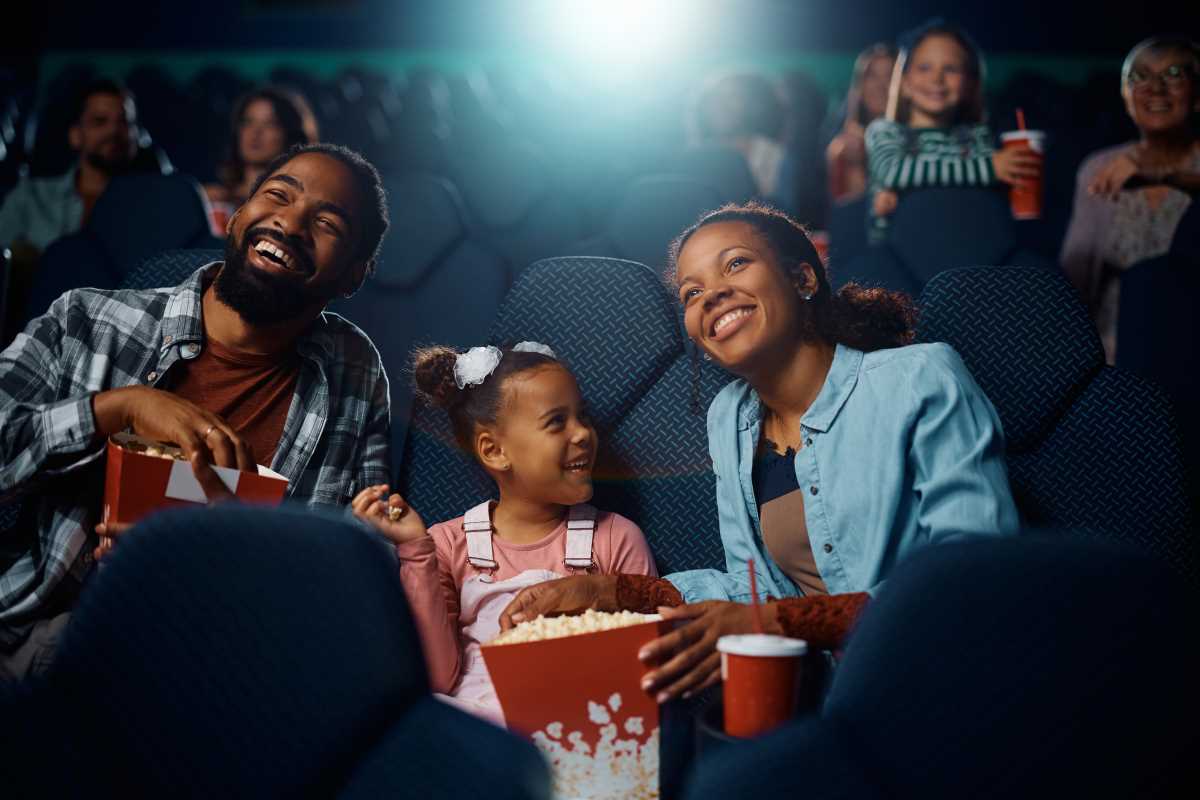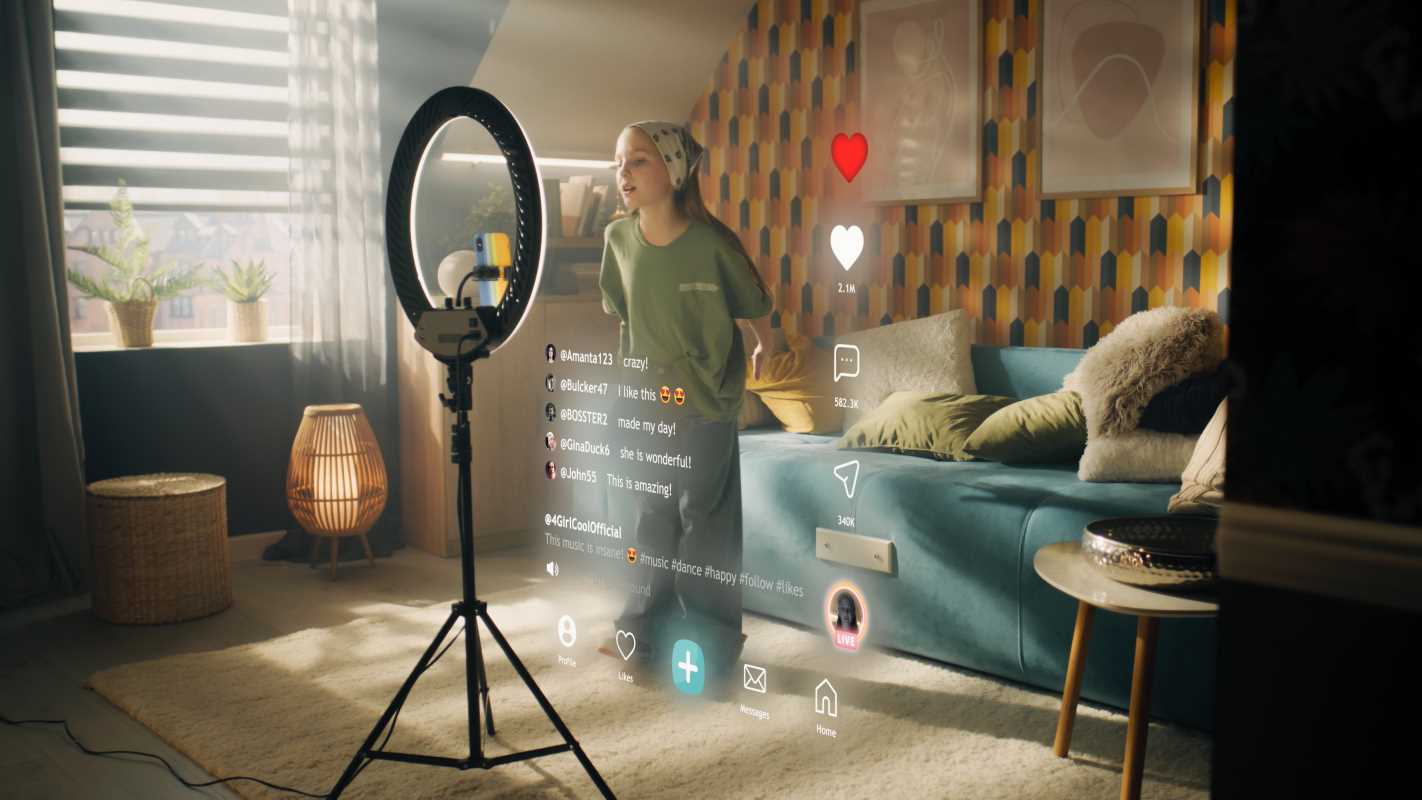If you’ve spent any time on Netflix, in a movie theater, or even just scrolling through social media, you’ve probably noticed something: anime is everywhere. What was once considered a niche interest for die-hard fans has now gone mainstream, influencing everything from Hollywood blockbusters to Saturday morning cartoons. Whether you’ve watched a Studio Ghibli film or just heard about “Attack on Titan” in passing, anime’s fingerprints are all over Western entertainment.
But how did we get here? And is this a good thing? Let’s break it down.
The Rise of Anime in the West
For a long time, anime was something you had to seek out. In the 1980s and 1990s, kids in the U.S. caught glimpses of Japanese animation through shows like Speed Racer, Voltron, and Dragon Ball Z, usually without even realizing it was from another country. These were often dubbed and edited, sometimes losing cultural nuances in the process. The 2000s saw the rise of Naruto, One Piece, and Bleach, making anime more accessible, but it still wasn’t quite mainstream. You might find it in specialty stores or late-night programming blocks.
Then came streaming. Platforms like Crunchyroll and Funimation (now merged) made anime available to anyone with an internet connection, and Netflix, Hulu, and even Disney+ jumped on board. Suddenly, you didn’t have to wait for Toonami or hunt down a DVD box set—anime was at your fingertips, ready to binge. Shows like Demon Slayer, Jujutsu Kaisen, and Attack on Titan became household names, and anime films started breaking records at the box office. For example, Demon Slayer: Mugen Train became the highest-grossing film of all time in Japan, surpassing even Studio Ghibli films.
How Anime is Changing Western Animation
Western animation has traditionally followed a certain style—think Disney’s clean, polished look or the slapstick humor of Looney Tunes. But anime’s influence is shaking things up. Shows like Avatar: The Last Airbender and Teen Titans (the original series) paved the way for a blend of Eastern and Western styles, bringing more dynamic action sequences, complex storytelling, and deep character arcs. These shows demonstrated that Western audiences were receptive to anime-inspired narratives and visual styles.
Even in kids’ programming, you can see anime’s fingerprints. Shows like The Owl House and She-Ra and the Princesses of Power borrow from anime’s expressive character designs and emotional storytelling. Meanwhile, adult animation, once dominated by crude humor like South Park and Family Guy, is evolving to include more dramatic and visually stunning works, thanks to anime’s influence. Shows like Castlevania and Cyberpunk: Edgerunners, while produced by Western studios, clearly draw heavily from anime aesthetics and storytelling conventions.
Hollywood is Taking Notes
It’s not just animation—live-action films and TV series are feeling the anime effect, too. Directors like the Wachowskis (The Matrix) and Guillermo del Toro (Pacific Rim) have openly cited anime as an inspiration for their work. Even mainstream franchises like Star Wars have embraced anime storytelling, as seen in Star Wars: Visions, an anthology series featuring top anime studios reimagining the galaxy far, far away.
Hollywood is also trying (sometimes unsuccessfully) to adapt anime into live-action. While past attempts like Dragonball Evolution and Ghost in the Shell flopped, recent adaptations like One Piece (Netflix) and Alita: Battle Angel have shown that, with the right approach, anime can successfully make the jump to live action. The key seems to be respecting the source material and finding a balance between staying true to the original vision and adapting it for a Western audience.
Why Anime Appeals to Western Audiences
So why is anime catching on in a way it never has before? A few key reasons:
- More Complex Storytelling: Unlike many Western cartoons that cater mostly to kids, anime often tackles deep, mature themes. Shows like Death Note and Attack on Titan explore morality, war, and existential crises in ways that feel fresh to Western audiences. This willingness to grapple with complex issues resonates with viewers who are looking for more than just simple entertainment.
- Unique Art Styles: While Western animation can sometimes feel formulaic, anime offers a variety of styles, from hyper-detailed (like Your Name) to minimalist (like Ping Pong the Animation). This visual diversity makes anime stand out. The distinct visual language of anime, with its emphasis on expressive eyes and dynamic action poses, has become instantly recognizable and appealing.
- Diverse Genres: Anime isn’t just action and fantasy. There’s romance, horror, sci-fi, sports dramas, and even slice-of-life stories about everyday people. No matter what you’re into, there’s an anime for you. This genre diversity has allowed anime to attract a wider audience, appealing to viewers with different tastes and interests.
- Strong Character Development: Many Western cartoons stick to episodic storytelling where characters don’t change much (think The Simpsons, SpongeBob SquarePants). Anime, on the other hand, often features long-running arcs where characters grow, struggle, and evolve over time. This focus on character development allows viewers to become invested in the characters' journeys and connect with them on a deeper level.
The Downsides
Of course, it’s not all positive. With anime’s growing popularity, Western entertainment risks becoming too reliant on its influence, sometimes at the expense of originality. We’ve already seen Hollywood try to remake anime classics instead of telling new stories, often with mixed results. This can lead to a lack of innovation and a feeling that Western entertainment is becoming too derivative.
There’s also the issue of cultural differences—some themes and storytelling methods in anime don’t always translate well to Western audiences. Things like exaggerated facial expressions, slow pacing, or over-the-top humor can feel jarring to newcomers. It's crucial for creators to be mindful of these cultural differences and to adapt anime influences in a way that resonates with Western viewers.
And let’s not ignore the darker side of anime fandom. Gatekeeping is a problem, with some hardcore fans making it difficult for newcomers to join in. There’s also the issue of over-commercialization—anime-inspired media is great, but at what point does it just become a marketing gimmick? As anime becomes more mainstream, there's a risk of it being exploited for profit, diluting its artistic integrity and alienating longtime fans.
A Globalized Media Landscape
Anime’s impact isn’t slowing down anytime soon. With more collaborations between Japanese and Western studios, the lines between the two industries will continue to blur. More filmmakers will take inspiration from anime, and we’ll likely see even more anime-inspired projects in live action and animation. We may even see the rise of truly globalized entertainment, with creators from different countries and cultures collaborating to create stories that appeal to a worldwide audience.
Whether you love anime or don’t quite “get it” yet, it’s clear that it’s here to stay. And who knows? Maybe the next big Hollywood blockbuster will owe its success to a show that started as a hand-drawn series in Japan.
One thing’s for sure—entertainment is evolving, and anime is helping shape what comes next. It's an exciting time to be a fan of animation, as we're witnessing a true cross-cultural exchange that's enriching the world of storytelling and visual media.



.jpeg)
.png)
.png)

.png)